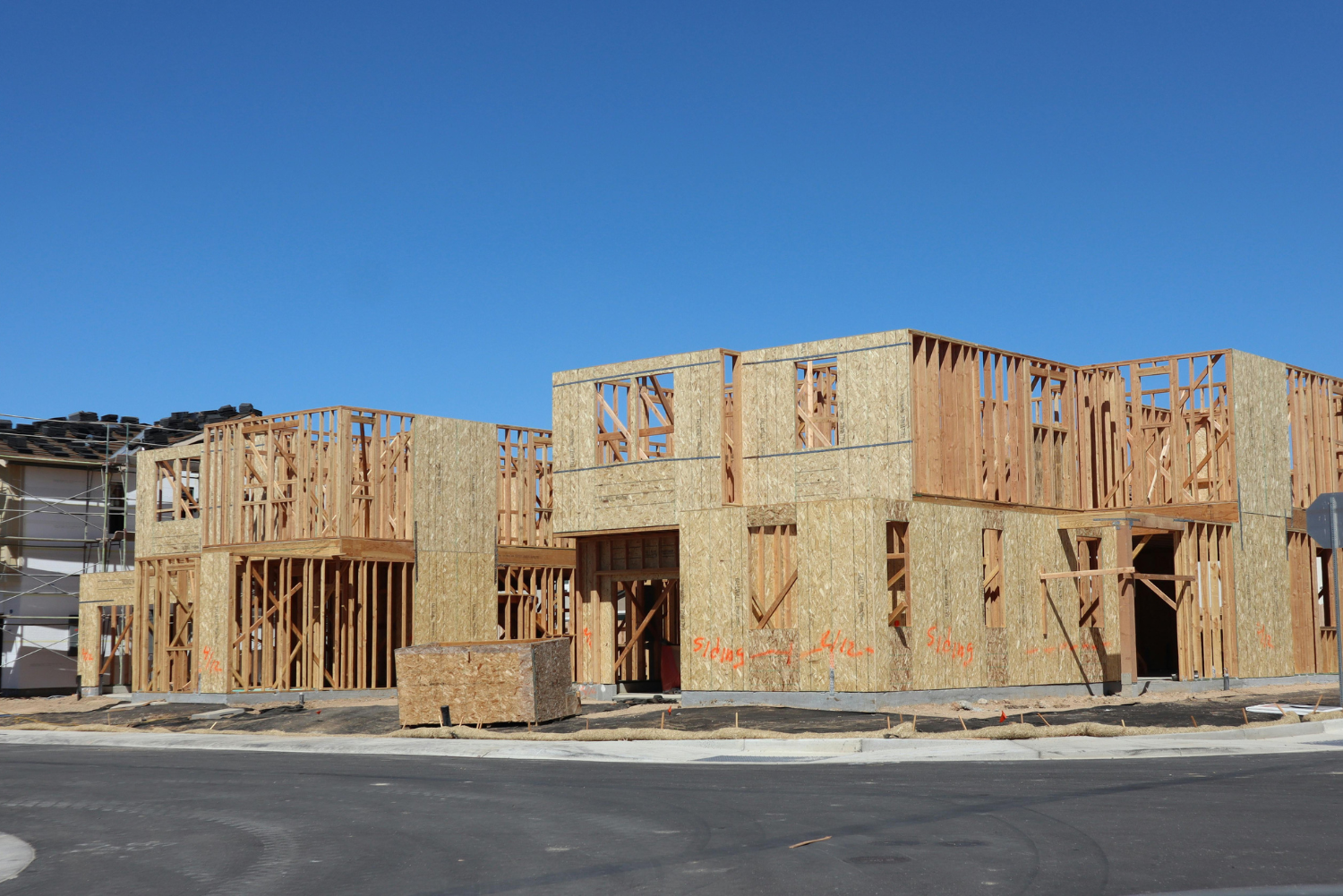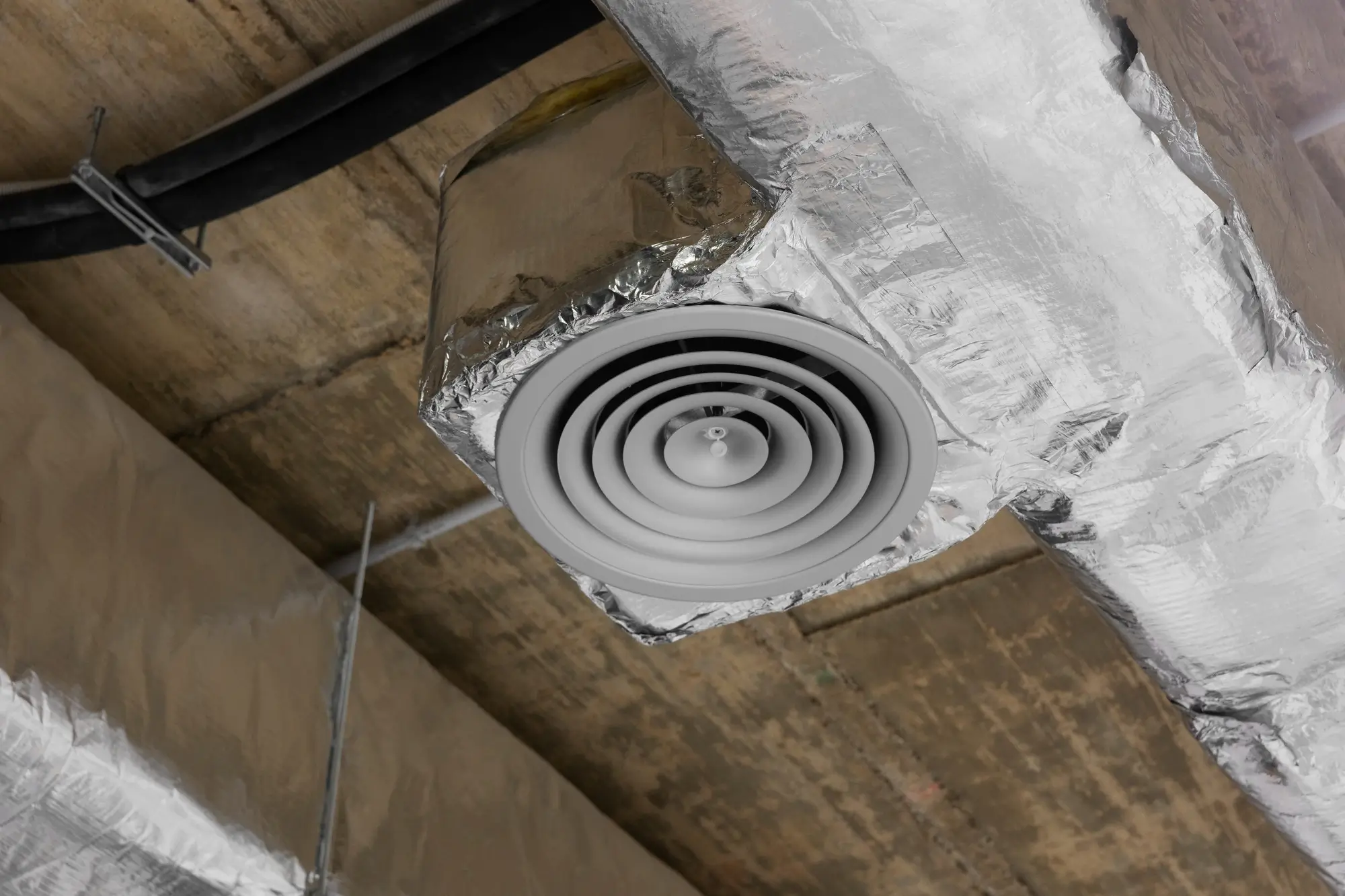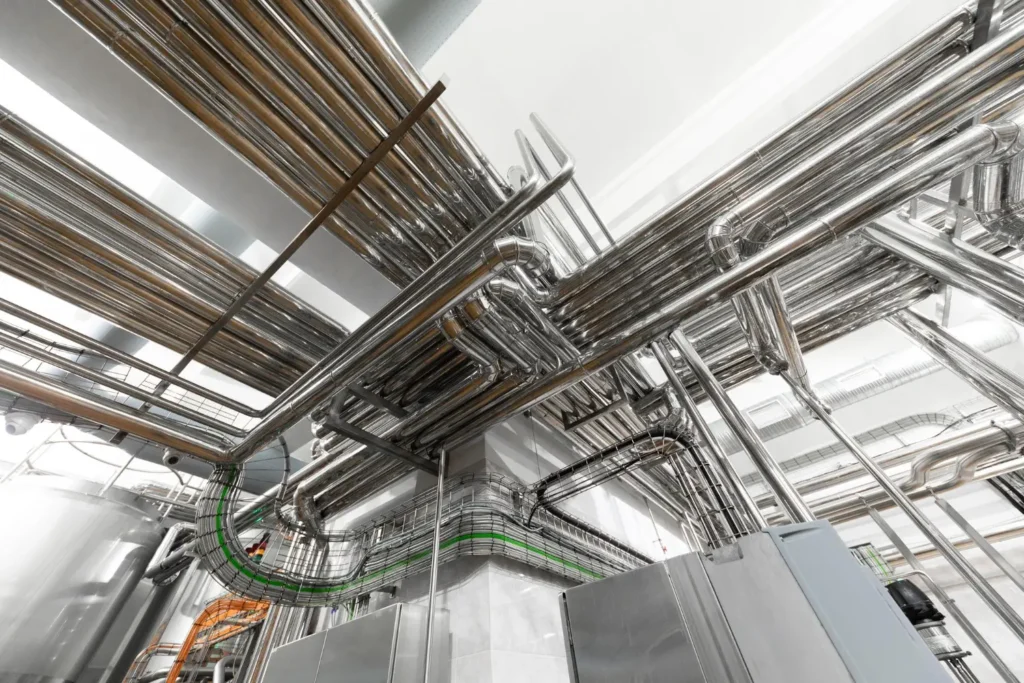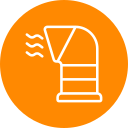Radon System Activation for New Construction
You've built a new home with Radon-Resistant Construction features—a smart and proactive step toward protecting your family’s health.
These homes are equipped with a passive radon system, a PVC vent pipe that runs from beneath the foundation up through the roof, designed to use natural airflow to reduce indoor radon levels. However, even with these precautions, elevated levels can still be a concern. This is where radon system activation comes in, transforming your passive setup into a powerful, effective solution.




Activating Your Passive Radon System

This simple upgrade provides a number of benefits

Superior Effectiveness
An active radon mitigation system can significantly lower radon levels, often reducing them by 80-99%, far more effectively than a passive system alone.


Cost-Effective
Upgrading a pre-plumbed passive system is much more affordable than installing a new, full-scale mitigation system in a finished home.


Moisture Control
The continuous vacuum created by the fan can also help reduce moisture and musty odors in basements and crawl spaces, improving overall indoor air quality.


Peace of Mind
Post-activation radon testing provides verification that your new home is protected, giving you confidence in your investment and your family's health.

The Activation Process and Next Steps
The process of activating your new construction radon system is straightforward and efficient. It begins with radon testing after you’ve moved in to determine the home’s baseline radon levels. The Environmental Protection Agency (EPA) recommends mitigation if the level of radon is at or above 4.0 pCi/L.
If your test results indicate the need for action, we will:

Install the Fan
A specialized radon fan is seamlessly integrated into the existing vent pipe.

Add a Monitor
A u-tube manometer is installed to provide a visual indicator that the fan is operating and creating the necessary suction.

Perform Post-Activation Testing
After the fan is installed and running, a follow-up test is conducted to confirm that radon levels have been reduced to a safe range.
By taking this final step, you ensure that the radon-resistant features built into your new home are working to their full potential, providing the highest level of protection against the risk of lung cancer from exposure to radon.
Frequently Asked Questions – Commercial Radon Services
1. Why do I need to test for radon if my new home has a passive system?
A passive system, while a good precaution, does not guarantee safe radon levels. Testing for radon is the only way to confirm if your system is working effectively and if activation is necessary.
2. How can I tell if my passive system is ready for activation?
All passive systems designed to meet RRNC standards include a vent pipe and a junction box for easy fan installation. Our technicians will inspect the system to ensure it is correctly installed and ready for activation.
3. Will the fan be noisy or use a lot of electricity?
No, modern radon fans are designed to be extremely quiet and energy-efficient. Their continuous operation costs only a few dollars per month, comparable to running a single light bulb, and the sound is minimal.
Testimonials
What Our Clients Say?
Trustindex verifies that the original source of the review is Google. Very easy to work with, and very professional.Trustindex verifies that the original source of the review is Google. Kent and the folks at ColoRadon are awesome!! I have an old house (1920) that posed a few mitigation challenges. The ColoRadon guys were able to expertly solve for those challenges, and successfully mitigate the radon in our home, sweet home!Trustindex verifies that the original source of the review is Google. Kent and his employee Kevin are exceptional. They listened to our concerns and devised a plan that would work for us. Our radon measured 40.0 - 41.0 which was unbelievable to me but that was the results of our mail in test. After Kent installed the mitigation system our test came back at 2.9. I cannot even tell you how happy this made me. Thanks to Kent and his thinking outside the box he made a system that worked! Kent also installed a radon mitigation system in another one of my homes two years ago and it's working fabulously. I highly recommend ColoRadon. Barbara HarrisTrustindex verifies that the original source of the review is Google. We were in the middle of moving in our new house and Kent with Colorado Randon made everything so simple, it seemed like so many other things kept going sideways and anything that had to do with his tasks got done amazingly! Thanks for being on time with all of your services and even going out of the way to serve us in our Radon needs. I appreciate everyone I talked to and worked on our system, professional, and top quality services with great pricing! I absolutely will recommend Kent and this company to everyone.Trustindex verifies that the original source of the review is Google. We’ve worked with Kent several times, always a pleasure! He’s tested for radon and installed radon mitigation systems for us a few times. We won’t go anywhere else - highly recommend!Trustindex verifies that the original source of the review is Google. Kent is wonderful! He responded to my request for service super quick and was at our house the following day for a consultation. He was knowledgeable and professional. He answered all of our questions and provided us with a quote on the spot. He installed our mitigation system in a timely fashion and left our space cleaner than he found it. I highly recommend ColoRadon for your radon mitigation needs! Thank you Kent! :)Trustindex verifies that the original source of the review is Google. Kent did an amazing job. He did a great job communicating when he was going to be late. He was professional, courteous and cleaned up after himself. He was very thorough in explaining the process and the test after the installation.Trustindex verifies that the original source of the review is Google. We were referred to Kent thru our realtor when we moved to Colorado. Kent was awesome to deal with while we still lived out of state. He checked in when we arrived to complete a 2nd test after our radon mitigation installation. He was awesome to work with and easy to get ahold of!Trustindex verifies that the original source of the review is Google. Kent has worked on my home in other capacities in the past, but with ColoRadon, he removed a pigeon infestation and added netting around my solar panels on a roof that I was not equipped to deal with. He was responsive in scheduling, as always, did great work, cleaned up the huge mess it made and came in under budget. Can’t recommend him more if you need handyman work or radon work done! (He did radon mitigation, mold mitigation, and roof repair on my last home).Trustindex verifies that the original source of the review is Google. Great service, Kent is there when he says he will be, performs the work needed efficiently - cleans up after. Stays in contact thru the entire process. Highly recommended! He genuinely cares about resolving any radon issues.

Get In Touch
